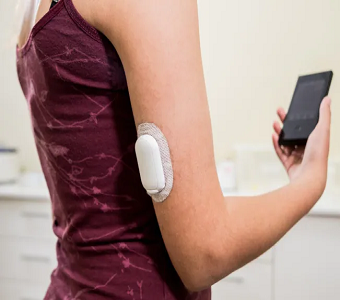Selecta announced updated data on their 3+2 dosing for Phase 2 this morning. This data is not all that relevant because the company has said that upcoming Phase 3 later in 2018 will be a 5+0 dosing co-administration study (READ HERE).
We can, however, analyze parts of today's data to make reasonable assumptions on the 5+0 Phase 2 data expected in Q3 2018.
Phase 3 will test 0.1mg/kg to 0.15 mg/kg in combination with 0.2mg/kg pegsiticase. Therefore, any cohorts with 0.4 mg/kg of pegsiticase have no material impact on company's future Phase 2 data or planned Phase 3.
The most relevant data from this morning’s update showed that 80% (8/10) of patients in a potentialPhase 3 dosing cohort maintained UA control after 3 monthly combination doses (see below).
Cohort 11: 0.15 mg/kg of SVP-rapamycin and 0.2 mg/kg of pegsiticase
This data indicates that co-administrating 5 doses should yield a 70%+ response rate, which the company has referenced in the past.
Selecta also mentioned that patients in the 5 monthly dosing part of Phase 2 are now receiving 4th monthly dose (out of 5). We think this critical data readout will be towards end of Q3; likely APLAR 2018 (Sept 6-9) in Taiwan.
Bottom line: The data announced today does not change our thesis. As it stands, SEL-212:
- Should have a much higher response rate to FDA approved KRYSTEXXA. 5 co-adminstration dose response rates expected to be 70%+ vs Krystexxa 44%
- Has significantly lower gout flare rates (33% to Krystexxa’s 52%)
- Is a more convenient monthly injection vs bi-weekly for Krystexxa
If SELB reports solid Q3 data, which we believe is likely, the stock would justify a $18+ price (50% upside from current value).
One or more of PropThink contributors are LONG SELB.
Access This Content Now
Sign Up Now!




